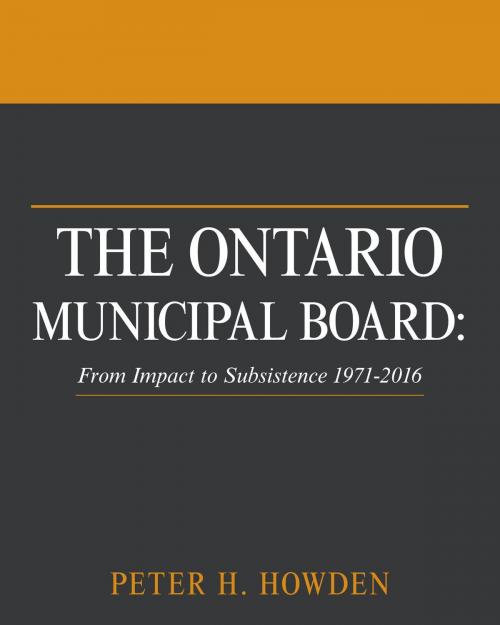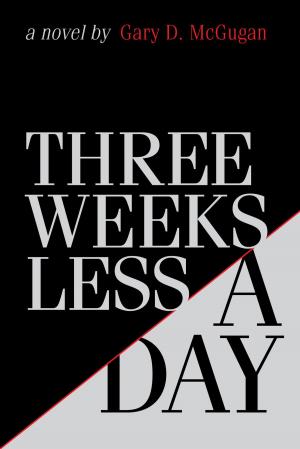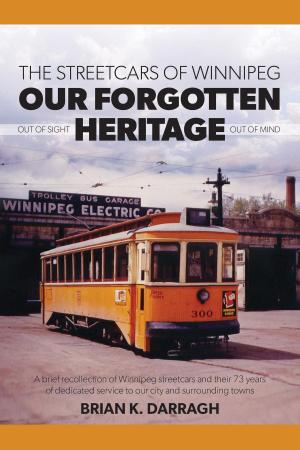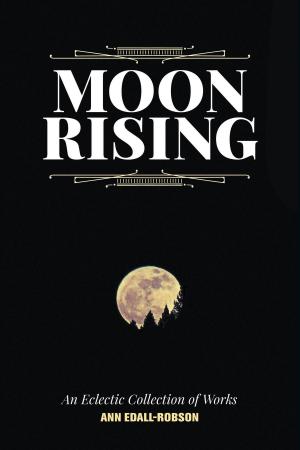The Ontario Municipal Board
From Impact to Subsistence 1971-2016
Nonfiction, Art & Architecture, Architecture, Planning, Social & Cultural Studies, Political Science, Government, Public Affairs & Administration| Author: | Peter H. Howden | ISBN: | 9781460299067 |
| Publisher: | FriesenPress | Publication: | February 22, 2017 |
| Imprint: | Language: | English |
| Author: | Peter H. Howden |
| ISBN: | 9781460299067 |
| Publisher: | FriesenPress |
| Publication: | February 22, 2017 |
| Imprint: | |
| Language: | English |
The Ontario Municipal Board attracted power to it from the time it was formed in 1906 as a railway overseer and thereafter until 1932 when it became the regulatory tribunal for municipal financing and urban and regional planning applications. By 2006, the same government of Ontario that had entrusted the OMB with pre-eminent authority as the provincial land use, expropriation, and development charge adjudicator with oversight power over elected municipal councils, decided to merge its administration and location with four other boards and cross-appoint OMB members to those boards. The roster of OMB members began to contract… it was now part of an undefined, vaguely delineated entity called a cluster, and the cluster was called the Environment and Land Tribunals Ontario – ELTO. [From The Ontario Municipal Board: From Impact to Subsistence 1971-2016]. Starting with its apex in influence and attention through years when it shaped the planning law of Ontario, this book takes you through a story of the rise, decline and reform of the most controversial board in Canada. For experts, it recasts the Hopedale and Baker doctrines for modern administrative law. For public administration, it suggests caution and boldness.
The Ontario Municipal Board attracted power to it from the time it was formed in 1906 as a railway overseer and thereafter until 1932 when it became the regulatory tribunal for municipal financing and urban and regional planning applications. By 2006, the same government of Ontario that had entrusted the OMB with pre-eminent authority as the provincial land use, expropriation, and development charge adjudicator with oversight power over elected municipal councils, decided to merge its administration and location with four other boards and cross-appoint OMB members to those boards. The roster of OMB members began to contract… it was now part of an undefined, vaguely delineated entity called a cluster, and the cluster was called the Environment and Land Tribunals Ontario – ELTO. [From The Ontario Municipal Board: From Impact to Subsistence 1971-2016]. Starting with its apex in influence and attention through years when it shaped the planning law of Ontario, this book takes you through a story of the rise, decline and reform of the most controversial board in Canada. For experts, it recasts the Hopedale and Baker doctrines for modern administrative law. For public administration, it suggests caution and boldness.















